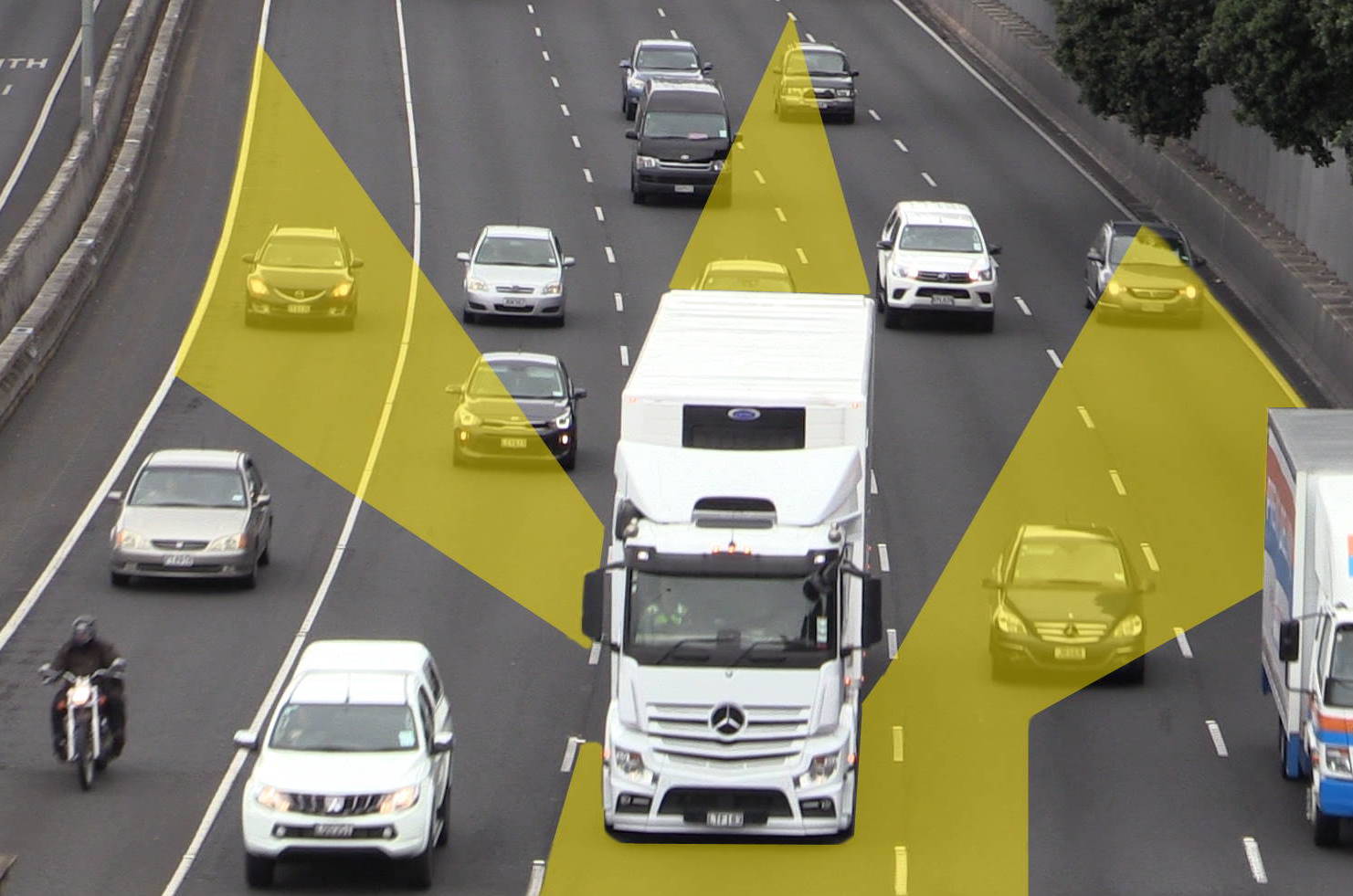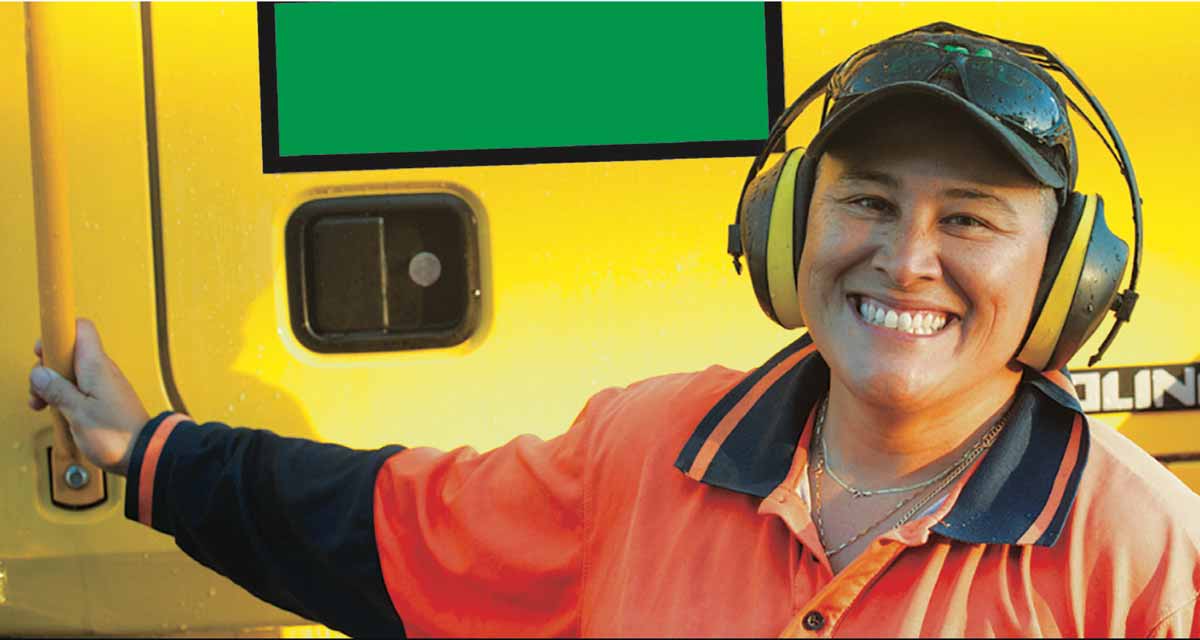Driving next to heavy vehicles (trucks and buses) can be a little intimidating and even nerve-wracking. At RYDA, our students learn about some of the special challenges faced by the drivers of these road giants as well as getting some tips on sharing the road with heavy vehicles.
While heavy vehicle drivers learn to predict the actions of others and respond quickly to protect lives, they face big limitations created by the vehicle itself – from blind spots to an inability to stop quickly due to their weight. RYDA students, as they become aware of these challenges, learn how to predict the needs of the heavy vehicle drivers and accommodate through their actions. Here are some of the challenges and strategies our RYDA students discuss as they learn to drive safely around trucks and buses:
Stay out of blind spots
- CHALLENGE: Trucks and buses have large blind spots in front, behind and to their sides. This can make it particularly difficult for them to see pedestrians, cyclists and motorbikes as well as cars merging around and near them. If you can’t see the driver in the truck’s side mirror, there’s a good chance that that the driver can’t see you.
- STRATEGY: Stay visible to the driver by not positioning yourself in a blind spot. Tailgaiting will usually land you in a blind spot behind the vehicle and also make you vulnerable if you’re stopped too closely as a truck might roll back as it starts up again.
The video below illustrates just how hard it is to be seen from the cab of a truck.
Be patient
Trucks and buses have operating limitations. Their drivers spend long days on the road, keeping alert and responding to the challenges they face. Statistics tell us that the large majority of people killed in collissions with heavy vehicles are occupants of light vehicles or vulnerable road users (78% in Australia and 87% in New Zealand). Further, in the overwhelming majority of fatal multiple-vehicle crashes involving heavy trucks (70% according to Australian research), the driver of the truck is not deemed to be at fault.
Let’s remember, the road is a shared space and everyone on it expects to arrive home safely to their families. If we work together, we can make that happen.
Thanks to our friends from Boral who share their expertise in this area to help create a generation of safer drivers.


